Jonathan Levin: The Fed is just as confused as the rest of us
Published in Business News
The most powerful institution in global finance is as completely and utterly confused as the rest of us.
At its policy decision Wednesday, the Federal Reserve’s rate-setting committee held rates at 4.25%-4.5%, but Chair Jerome Powell and his colleagues essentially acknowledged that they had no idea what would come next. They couldn’t precisely project where President Donald Trump’s tariff rates would end up, much less how they would impact consumer inflation and the labor market. Nor could they confidently handicap jarring changes to immigration and fiscal policies and the evolving war between Israel and Iran. The big risk, of course, is that the uncertainty and indecision will make the Fed late to arrest a potential increase in unemployment.
In the Summary of Economic Projections, the median member of the Federal Open Market Committee penciled in two rate cuts this year. But that “base case” constitutes a massive oversimplification of the outlook, and some investors may be underestimating just how fat the tails are in the distribution of potential outcomes, even over just the next three or four months. Of the 19 respondents, 14 policymakers thought the risks to their inflation forecasts were weighted to the upside — the same number that thought as much about the risks to their unemployment projections. In a nutshell, they don’t pretend to know what’s coming, but Chair Powell thinks we may find out relatively soon. Here’s Powell at his post-decision press conference (emphasis mine):
We feel like we’re going to learn a great deal more over the summer on tariffs. We hadn’t expected them to show up much by now, and they haven’t. And we will see the extent to which they do over coming months. And I think that’s going to inform our thinking for one thing. In addition, we’ll see how the labor market progresses.
Given all of the uncertainty, Powell is right to stay in wait-and-see mode, but he can’t linger there too long once the data breaks. Meanwhile, those of us on the sidelines should prepare for the policy outlook to shift quite quickly, potentially as soon as the Fed’s Sept. 16-17 meeting. Maybe we really will get two rate cuts this year, but it’s also perfectly plausible that we’ll get 150 basis points worth — or none. It’s a great environment for high-stakes gamblers — but not so much for American households.
As Powell alluded to, it’s largely trade policy that has put us all in this bind. In recent months, the disinflationary trends in housing and non-housing services have the core personal consumption expenditures deflator — the Fed’s preferred inflation gauge — up around 2.6% in May from a year earlier (this based on a Bloomberg Economics’ estimate from the consumer and producer price data). That’s not at all terrible, and it would probably be poised to converge on the Fed’s 2% target if not for Trump’s extremely ill-timed and pointless trade wars. Without tariffs, the Fed would probably be cutting right now, providing ballast to a wobbly labor market and a housing market that’s already seeing year-over-year price drops in some parts of the country.
Unfortunately, the central bank has to play the hand it’s dealt. In the immediate term, we still don’t know if companies will pass on higher prices to consumers, accept narrower margins or manage their way to stable prices by laying off parts of their workforce — and maybe it will be a combination of all three. The risks to both the Fed’s stable prices and maximum employment mandates are substantial, and that’s causing paralysis among policymakers — a weird “calm before the storm” effect both at the Fed and in financial markets.
But at some point before autumn, we are very likely to see something shatter that calm. An alarming jump in initial jobless claims could lead to rate cuts above and beyond any policymaker’s base case. A jarring CPI report or two could keep the Fed on hold for longer and prompt a selloff in bonds. And a jump in realized inflation coupled with signs of unanchored inflation expectations could even put hikes back on the table. If they’re late to mitigate the damage, Fed policymakers can take cover in blaming Trump’s self-sabotaging trade policy. But they must prepare to act immediately and convincingly once the signals break in a particular direction.
©2025 Bloomberg L.P. Visit bloomberg.com/opinion. Distributed by Tribune Content Agency, LLC.
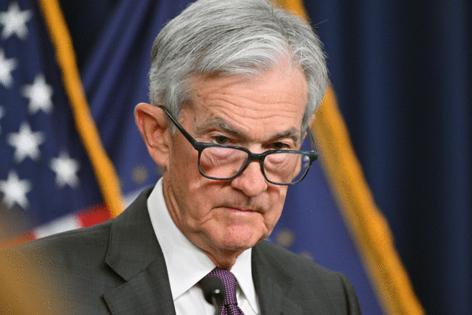


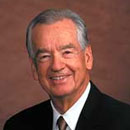
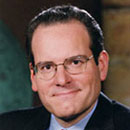

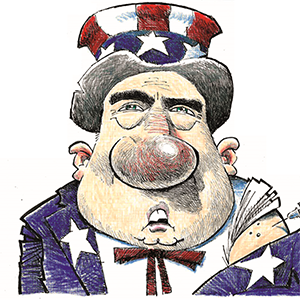

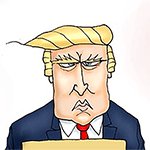
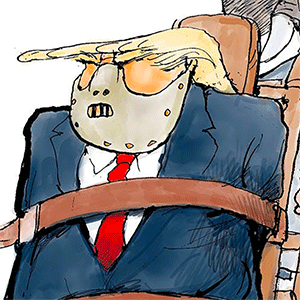

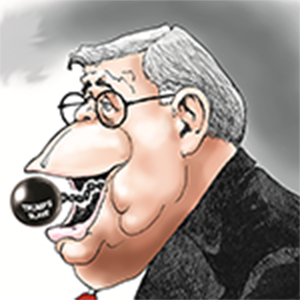
Comments